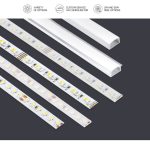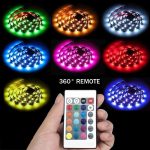Cutting Edge: Understanding How LED Light Strips Work When Cut

LED light strips have revolutionized the lighting industry with their energy efficiency, versatility, and longevity. These strips are an excellent choice for illuminating spaces where traditional lighting methods may be impractical or too expensive. However, many people wonder if they can cut LED light strips to fit their specific needs without compromising the functionality of the strip. In this article, we will explore the science behind how LED light strips work when cut, and the factors to consider before cutting them. LED light strips consist of a series of small, light-emitting diodes (LEDs) that are mounted onto a flexible circuit board. These LEDs produce light when an electric current is passed through them. The circuit board also contains resistors and capacitors that regulate the amount of current and voltage flowing through the LEDs, ensuring they work correctly. LED light strips come in different lengths, colors, and brightness levels, making them ideal for a wide range of applications, such as accent lighting, task lighting, and backlighting. However, sometimes the strip needs to be cut to fit a specific area or design, which can affect the overall performance of the strip. In the following sections, we will delve deeper into how LED light strips work when cut and provide some tips to ensure you can customize your strip without diminishing its functionality.
LED light strips are a highly versatile and energy-efficient lighting solution that has gained immense popularity in recent years. These strips are composed of small LED bulbs that emit bright light and can be cut to fit any desired length or shape. Unlike traditional incandescent bulbs, LED strips consume very little energy, produce minimal heat, and have a long life span. The strips are typically powered by a DC power source and are available in a variety of colors and brightness levels, making them ideal for a wide range of applications, including residential and commercial lighting, automotive lighting, and decorative lighting. However, it is important to note that cutting LED light strips requires a basic understanding of electrical wiring and safety measures to prevent damage or injury.
Having a clear understanding of how LED light strips work when cut is crucial to avoid potential damages and ensure proper functionality. LED light strips are designed with a specific voltage and current rating, and cutting them without considering these factors can result in an imbalance in the electrical system, leading to flickering or dimming lights, or even complete failure of the strip. Additionally, cutting LED light strips at the wrong location can also cause irreversible damage and render the strip useless. Properly cutting and connecting LED light strips requires knowledge of the strip’s technical specifications and electrical properties, which can save time, effort, and money in the long run. Therefore, taking the time to learn about LED light strip cutting techniques is essential for anyone looking to install or modify LED light strips for their home, office, or business.
The Basics of LED Light Strips
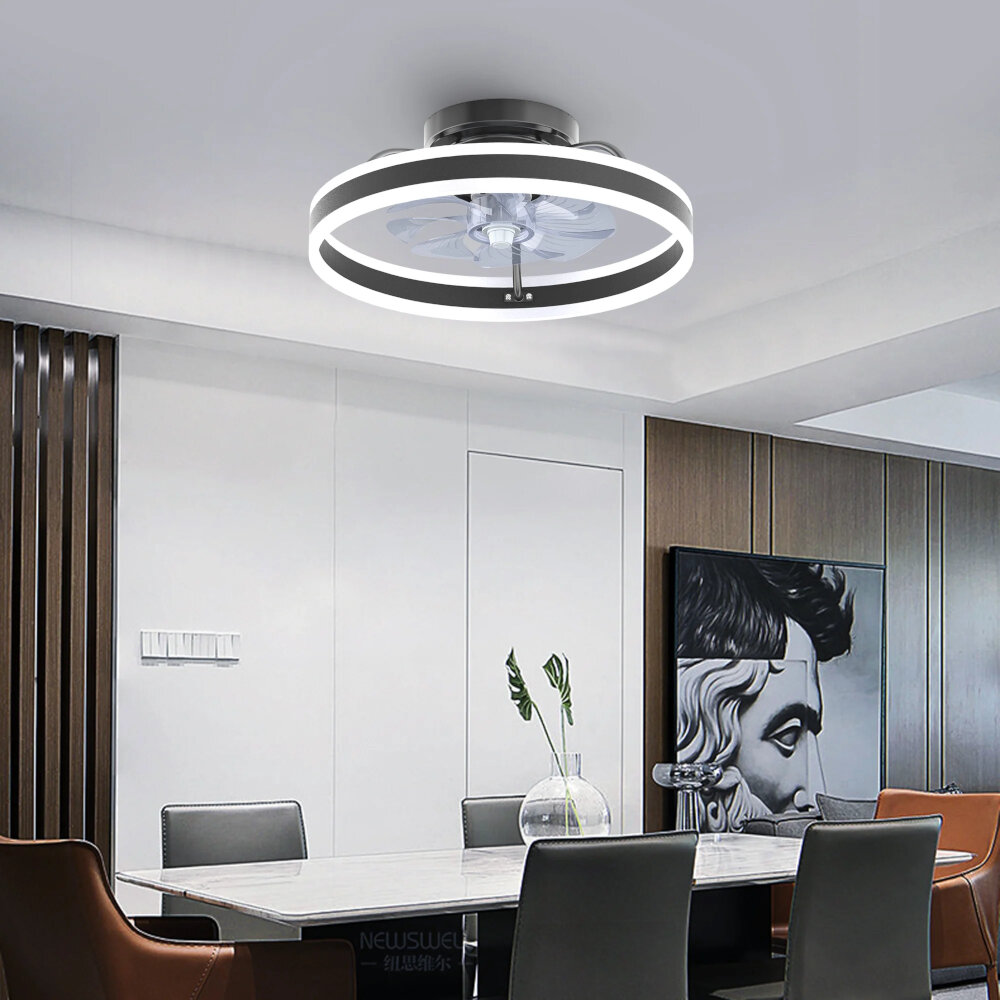
LED light strips have become increasingly popular in recent years due to their energy efficiency, versatility, and affordability. They consist of small light-emitting diodes (LEDs) mounted onto a flexible circuit board, making them easy to install and customize. LED light strips come in a variety of colors, lengths, and densities, allowing for endless possibilities in terms of lighting design. They are commonly used for accent lighting, backlighting, and mood lighting in residential, commercial, and industrial settings. One of the most appealing features of LED light strips is their ability to be cut and reconnected at designated intervals without affecting their functionality. This allows for precise customization of length and placement, making them ideal for projects with specific lighting requirements. However, it’s important to note that cutting LED light strips requires some technical knowledge and precision to avoid damaging the circuitry. Additionally, certain precautions should be taken when installing LED light strips, such as ensuring proper ventilation and avoiding exposure to moisture, to ensure optimal performance and longevity.
LED technology is a cutting-edge lighting solution that has revolutionized the way we light our homes, businesses, and public spaces. LED stands for \Light Emitting Diode,\ and it works by converting electrical energy into light. Unlike traditional incandescent bulbs, which use a filament to produce light, LED bulbs use a semiconductor material that emits light when a current is applied. This technology is incredibly efficient, producing more light per watt of energy consumed than any other lighting technology on the market. Additionally, it is highly durable, with LED bulbs lasting up to 25 times longer than traditional bulbs, making it a cost-effective solution in the long run. LED technology is used in a wide range of applications, from traffic lights and billboards to home lighting and automotive headlights.
LED light strips are a popular lighting solution that can add ambiance and illumination to any space. There are several types of LED light strips available on the market, each with its unique features and benefits. The most common types of LED light strips include single-color, multicolor, and RGBW. Single-color LED light strips emit a single color of light, such as warm white or cool white, and are ideal for task lighting or accent lighting. Multicolor LED light strips can emit a range of colors and are great for creating vibrant and dynamic lighting effects. RGBW LED light strips offer the best of both worlds, emitting a wide range of colors while also providing warm or cool white light for general illumination. No matter which type of LED light strip you choose, cutting and installing them properly is crucial to ensure optimal performance and longevity.
LED light strips produce light by using a semiconductor material that emits photons when an electric current passes through it. The semiconductor is made up of layers of materials with different properties that allow the electrons to move from one layer to another, releasing energy in the form of light. The color of the light emitted depends on the materials used in the semiconductor layers. LED light strips are more efficient than traditional incandescent bulbs because they convert more of the energy they consume into light instead of heat. The light produced by LED light strips is also more directional, making them ideal for use in task lighting and accent lighting applications.
The Mechanics of Cutting LED Light Strips
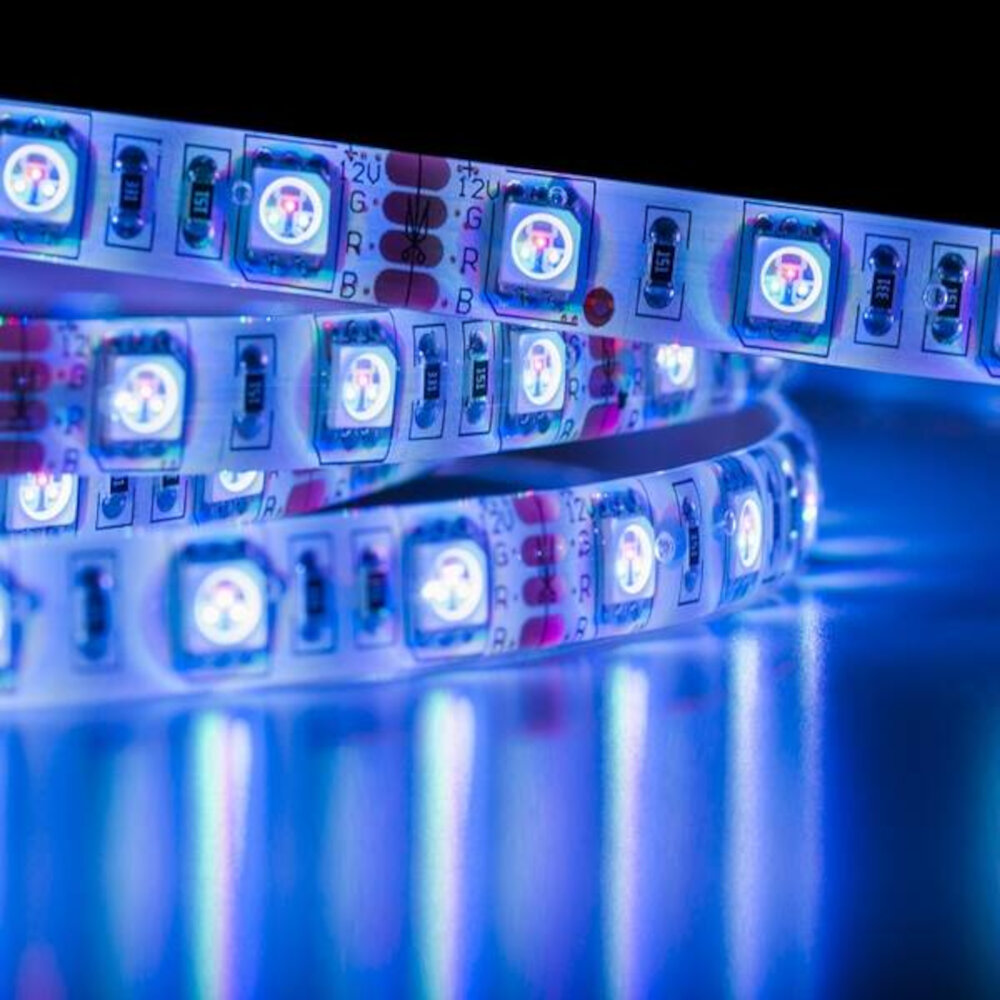
LED light strips have become increasingly popular in recent years, thanks to their versatility and energy efficiency. They are commonly used in residential and commercial settings for accent lighting, task lighting, and even as a primary source of illumination. However, sometimes these LED light strips need to be cut to fit specific dimensions or to accommodate corner angles. To ensure a seamless and professional-looking cut, it’s important to understand the mechanics of cutting LED light strips. Firstly, it’s important to note that not all LED light strips can be cut. Before attempting to cut an LED light strip, check the manufacturer’s specifications to ensure that it is cuttable. If the LED light strip is cuttable, it will have designated cutting points marked on the strip. These cutting points are where the strip can be safely cut without damaging the LED diodes or circuitry. A sharp pair of scissors or a precision knife can be used to cut the strip along the designated cutting points. It’s important to cut straight through the copper contacts to ensure a proper electrical connection when reattaching the cut pieces. With a little care and attention to detail, cutting LED light strips can be a simple and effective way to customize your lighting to your specific needs.
LED light strips have become increasingly popular due to their energy-efficient properties and versatility. But what happens when you need to cut them to fit a certain space or project? It’s important to understand that cutting LED light strips requires a bit of technical knowledge. These strips are made up of small sections, each containing multiple LEDs and resistors. If you cut through the strip, you will break the circuit, which means the LEDs on the cut end will not light up. However, by using specific tools and techniques, it is possible to cut the LED light strip at designated areas without damaging the circuitry. This allows for customization and flexibility in using LED light strips for various applications.
When it comes to cutting LED light strips, there are several tools that you’ll need to ensure a clean and precise cut. Firstly, a good pair of scissors or wire cutters will be essential for trimming the strip to the desired size. However, it’s important to note that not all LED strips can be cut, so be sure to check the specifications of your particular strip beforehand. Additionally, a ruler or measuring tape will come in handy for ensuring accuracy, while a soldering iron may be necessary for reattaching wires after cutting. Finally, a steady hand and a patient approach will be your best assets for achieving a professional-looking cut without damaging the delicate LED components.
When it comes to cutting LED light strips, there are a few precautions you should take to ensure a safe and successful cutting experience. Firstly, make sure to disconnect the power source before cutting the light strip. This will prevent any electrical shocks or damage to the strip itself. Secondly, use a sharp pair of scissors or a cutting tool specifically designed for LED light strips to avoid damaging the strip or leaving jagged edges. Additionally, be sure to cut the strip only at designated cutting points to avoid damaging the circuitry. Lastly, handle the cut strip with care and avoid bending or twisting it, as this can damage the LED chips and cause them to malfunction. By taking these precautions, you can ensure that your cut LED light strip will work properly and safely.
Common Misconceptions About Cutting LED Light Strips
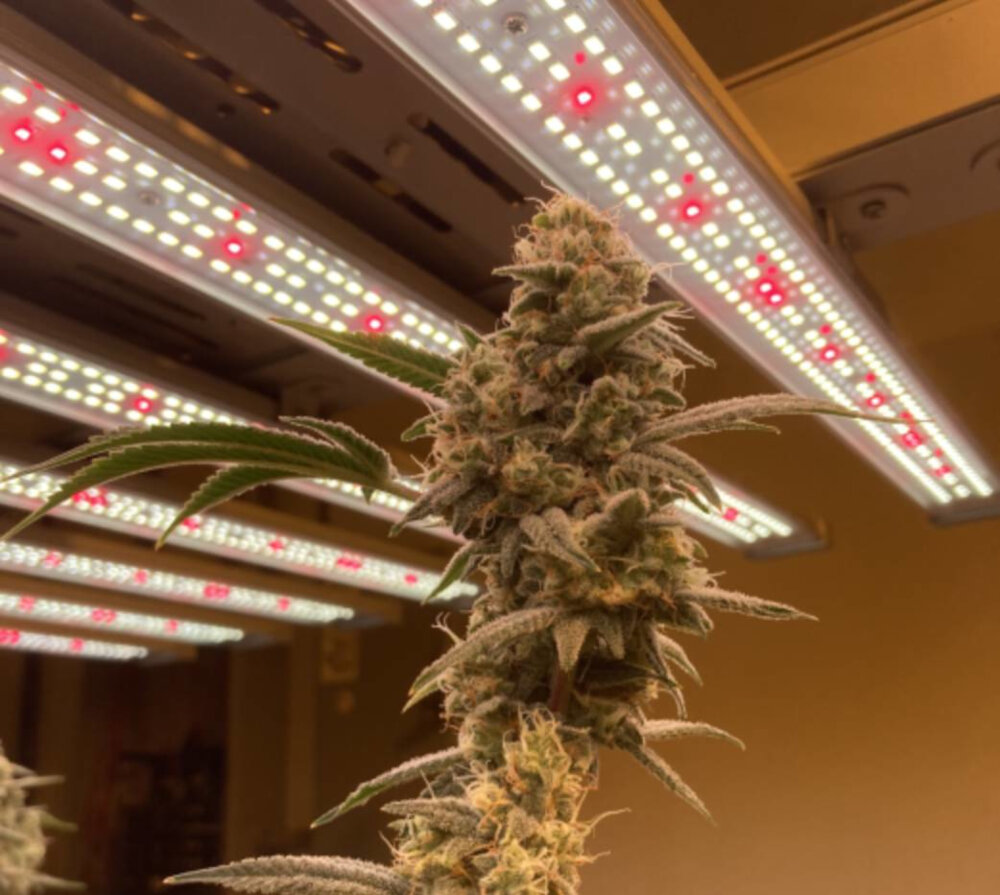
Cutting LED light strips can be a tricky task for those who are not familiar with the process. One of the most common misconceptions about cutting LED light strips is that you can cut them anywhere along the strip. However, this is not true as LED light strips have designated cutting points marked with scissors or a knife symbol. Cutting the strip at any other point may damage the circuitry and result in the LED lights not working properly. Therefore, it is crucial to carefully read the manufacturer’s instructions and locate the designated cutting points before attempting to cut the LED light strip. Another common misconception about cutting LED light strips is that you can use any type of cutting tool. While it may seem like any sharp object can be used to cut the strip, using the wrong tool can damage the circuitry and lead to the LED lights not working. It is recommended to use a sharp pair of scissors or a sharp knife to cut the strip precisely and without damaging the circuitry. It is also important to make sure the cutting tool is clean and free from any debris to prevent any contamination of the LED light strip. Therefore, it is crucial to use the appropriate cutting tool to ensure the LED light strip continues to work effectively after cutting.
One of the most common misconceptions about LED light strips is that cutting them will damage them. However, this is just a myth. In fact, cutting LED light strips is a common practice and is necessary to customize them to fit specific lengths and layouts. When done correctly, cutting LED light strips will not damage them, but it can affect their brightness and color. It is important to follow the manufacturer’s instructions and use the proper tools to ensure a clean cut and prevent any damage to the circuit board. By understanding how LED light strips work and how to properly cut them, you can create beautiful and functional lighting designs for your home or business.
There is a popular myth that cutting LED light strips voids the warranty, but this is not necessarily true. While some manufacturers may state that cutting the strip will void the warranty, it is important to read the fine print to understand the terms and conditions of the warranty. In most cases, cutting the strip will only void the warranty if it is done improperly or if the strip is damaged during the cutting process. If the strip is cut correctly and continues to function properly, the warranty should still be valid. It is important to follow the manufacturer’s instructions for cutting the strip and to use the correct tools to ensure that the strip is not damaged.
Cutting LED light strips is often considered a challenging task, and many myths surround this process. One common myth is that cutting the strips will damage them and render them unusable. However, this is not true, as LED light strips are designed to be cut to specific lengths, and cutting them does not affect their functionality. Another myth is that cutting the strips will void the warranty, but this is also false, as long as the strips are cut according to the manufacturer’s instructions. Additionally, some people believe that cutting the strips will affect their brightness or color, but this is not the case, as LED technology ensures consistent performance across all sections of the strip. Overall, dispelling these myths can help users confidently and effectively cut their LED light strips to achieve their desired lighting design.
Creative Applications for Cut LED Light Strips
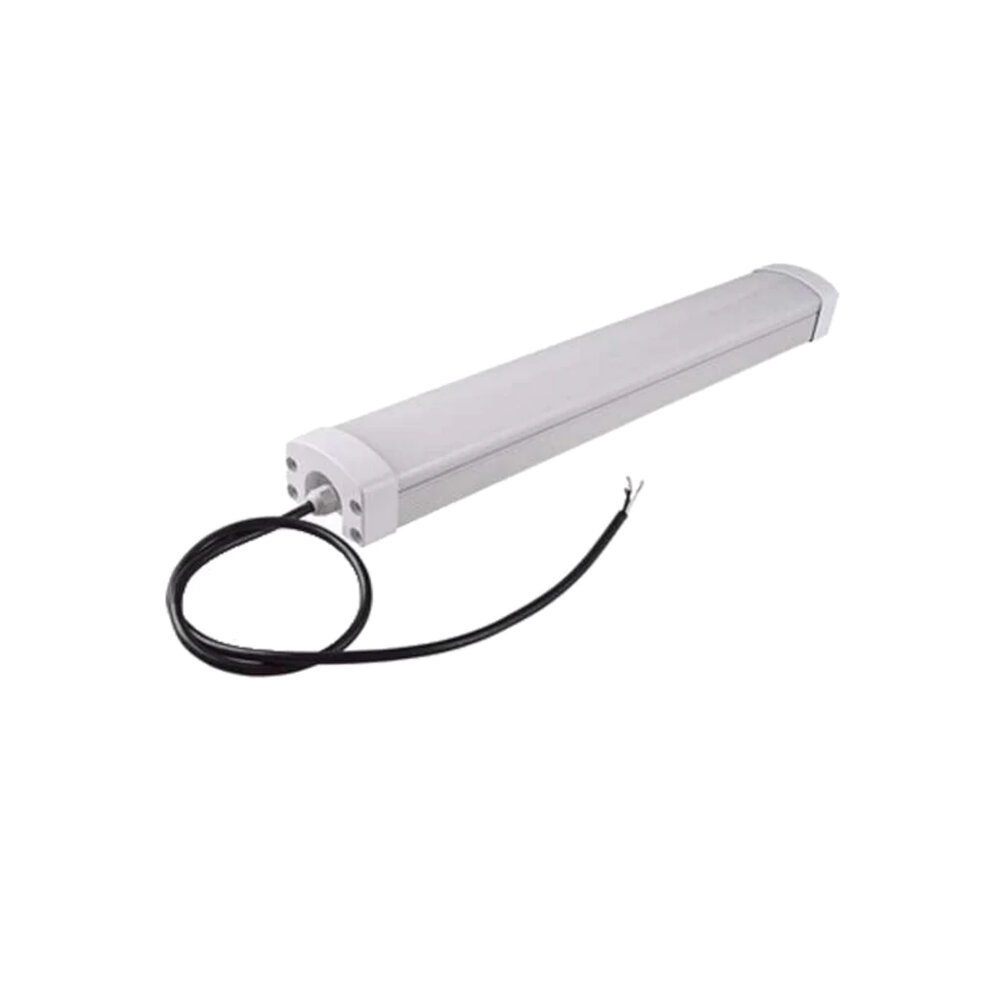
Cut LED light strips are incredibly versatile and can be used in various creative applications. One of the most popular uses of cut LED light strips is in interior design. These light strips can be used to create stunning lighting effects on walls, ceilings, and even furniture. By using different colors and brightness levels, you can create a wide range of moods and atmospheres in your home or office space. Additionally, cut LED light strips can be used to highlight specific areas or objects, such as artwork or architectural features. With the ability to be cut to any length, these light strips offer endless possibilities for customization in interior design. Another creative application for cut LED light strips is in the realm of DIY projects. With a little creativity and some basic tools, you can create your own unique lighting fixtures and installations using cut LED light strips. From simple accent lighting to complex installations, the possibilities are only limited by your imagination. For example, you could use cut LED light strips to create a custom headboard for your bed or to add some extra flair to your kitchen cabinets. With the added benefit of energy efficiency and long lifespan, cut LED light strips are an excellent choice for any DIY lighting project. Overall, cut LED light strips offer a wide range of creative applications, making them a versatile and valuable addition to any home or workspace.
Using cut LED light strips for DIY projects can add ambiance and style to any space. These versatile light sources are easy to install and can be cut to fit any size or shape desired. The ability to cut the strips also allows for customization and creative expression, making it perfect for DIY enthusiasts. It’s important to understand the technical aspects of cutting LED light strips, such as voltage and polarity, to ensure safety and optimal performance. With the right tools and knowledge, the possibilities for using cut LED light strips in DIY projects are endless, from accent lighting to under-cabinet lighting and even outdoor lighting.
Incorporating cut LED light strips into home decor is a fantastic way to add a touch of personality, style, and ambiance to any living space. One can cut these strips to the desired length and install them underneath cabinets, behind a TV, or along the ceiling to create a unique and modern look. The versatility of LED light strips is their ability to produce a wide range of colors, including warm tones or cool white, and can even change colors with the use of a remote control. These strips are energy-efficient, durable, and long-lasting, making them an ideal choice for homeowners who want to revamp their home decor while also reducing energy costs. Whether you want to create a cozy atmosphere or a vibrant party ambiance, incorporating cut LED light strips into your home decor is an excellent way to achieve your desired look.
Cut LED light strips are versatile and flexible, making them ideal for creative applications. One of the main advantages of using cut LED light strips is their ability to be customized to fit any space, whether it’s a commercial or residential setting. These strips can be cut to fit any size or shape, making them perfect for creating unique lighting designs. Additionally, LED light strips are energy-efficient and long-lasting, making them a cost-effective lighting solution. The variety of colors and brightness levels available also allows for endless creative possibilities, from accent lighting to full room illumination. With their ease of installation and low maintenance requirements, cut LED light strips are an excellent choice for any creative project.
Understanding the inner workings of LED light strips when cut is crucial for any DIY project or professional installation. It not only ensures that the cutting process is done correctly, but it also prevents damage to the circuitry of the strip. When cut, each segment of the strip must have the correct voltage and current running through it to function properly. Additionally, knowing how to reconnect the cut segments with soldering or connectors can save time and money in the long run. A thorough understanding of LED light strips also allows for customization and creativity in lighting design, as it enables the user to modify the length and shape of the strip to fit their specific needs. Overall, understanding the mechanics of LED light strips when cut is an essential aspect of successful installation and customization.
The article \Cutting Edge Understanding How LED Light Strips Work When Cut\ explains that LED light strips can be cut to fit custom lengths, but it’s important to understand the technical aspects of how they work. LED light strips contain an integrated circuit that controls the flow of electricity to each individual LED. Cutting the strip can disrupt this circuit, causing a section of the strip to stop working. However, there are certain points on the strip where it can be safely cut without causing damage. It’s also important to note that different types of LED light strips have different requirements for cutting and re-connecting, so it’s crucial to read the manufacturer’s instructions before attempting any modifications. Overall, with the right knowledge and technique, LED light strips can be easily cut and customized to fit any lighting project.
In conclusion, the versatility of cut LED light strips can hardly be overstated. Their ability to be trimmed to fit any space, as well as their flexibility and durability, make them an ideal lighting solution for a wide range of applications. From accent lighting to task lighting, from indoor to outdoor use, cut LED light strips offer an easy and cost-effective way to add illumination to any space. The advancements in technology have only made them more efficient, with longer lifespans and increased energy efficiency. With the ability to customize the color and intensity of the light, the possibilities are endless. Cut LED light strips truly are a cutting-edge lighting solution that is here to stay.
Conclusion
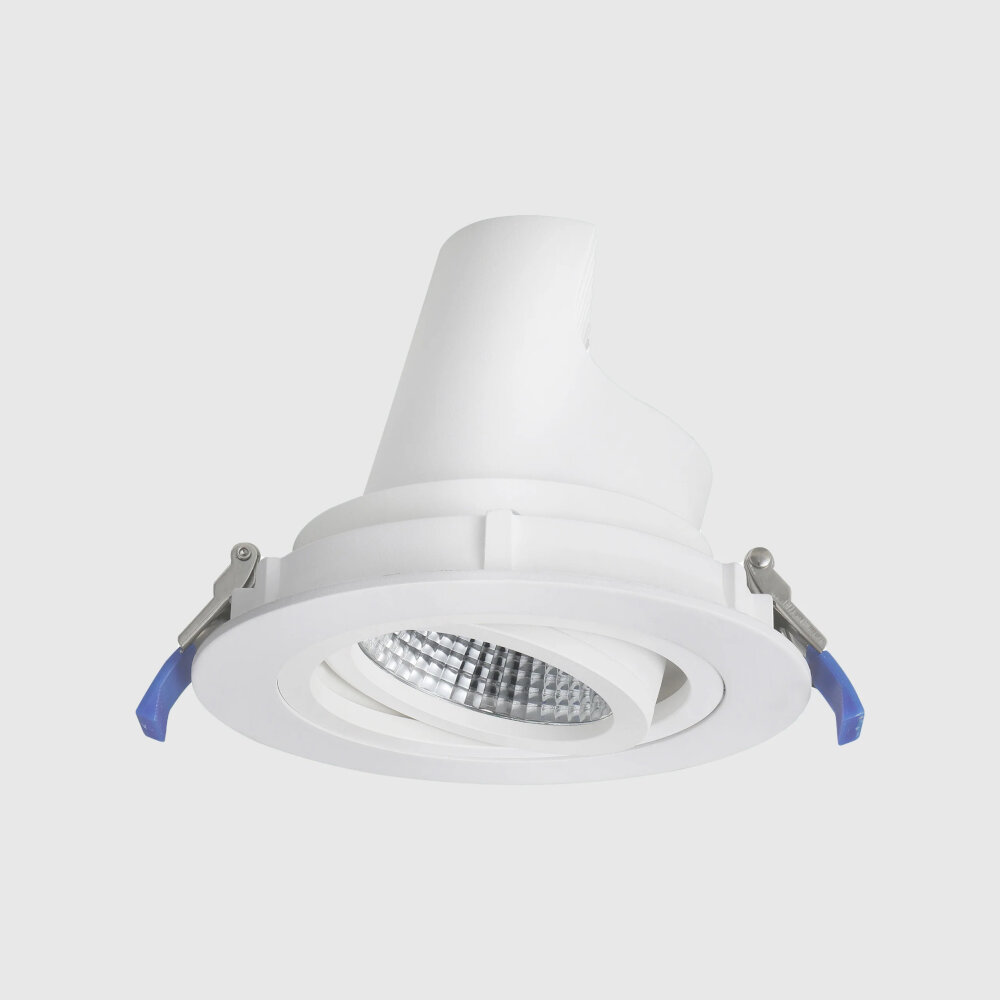
In conclusion, understanding how LED light strips work when cut is essential to ensure that you can customize your lighting needs effectively. By learning about the technical details of LED light strips, you can avoid damaging them while cutting and ensure optimal performance. It is also crucial to keep in mind the safety measures necessary when working with electricity and to seek professional assistance if you are not confident in your abilities. With the right tools, knowledge, and precautions, you can enjoy the benefits of LED light strips and create stunning lighting designs for your home, office, or any other space. So don’t hesitate to explore the cutting edge of LED lighting today!

